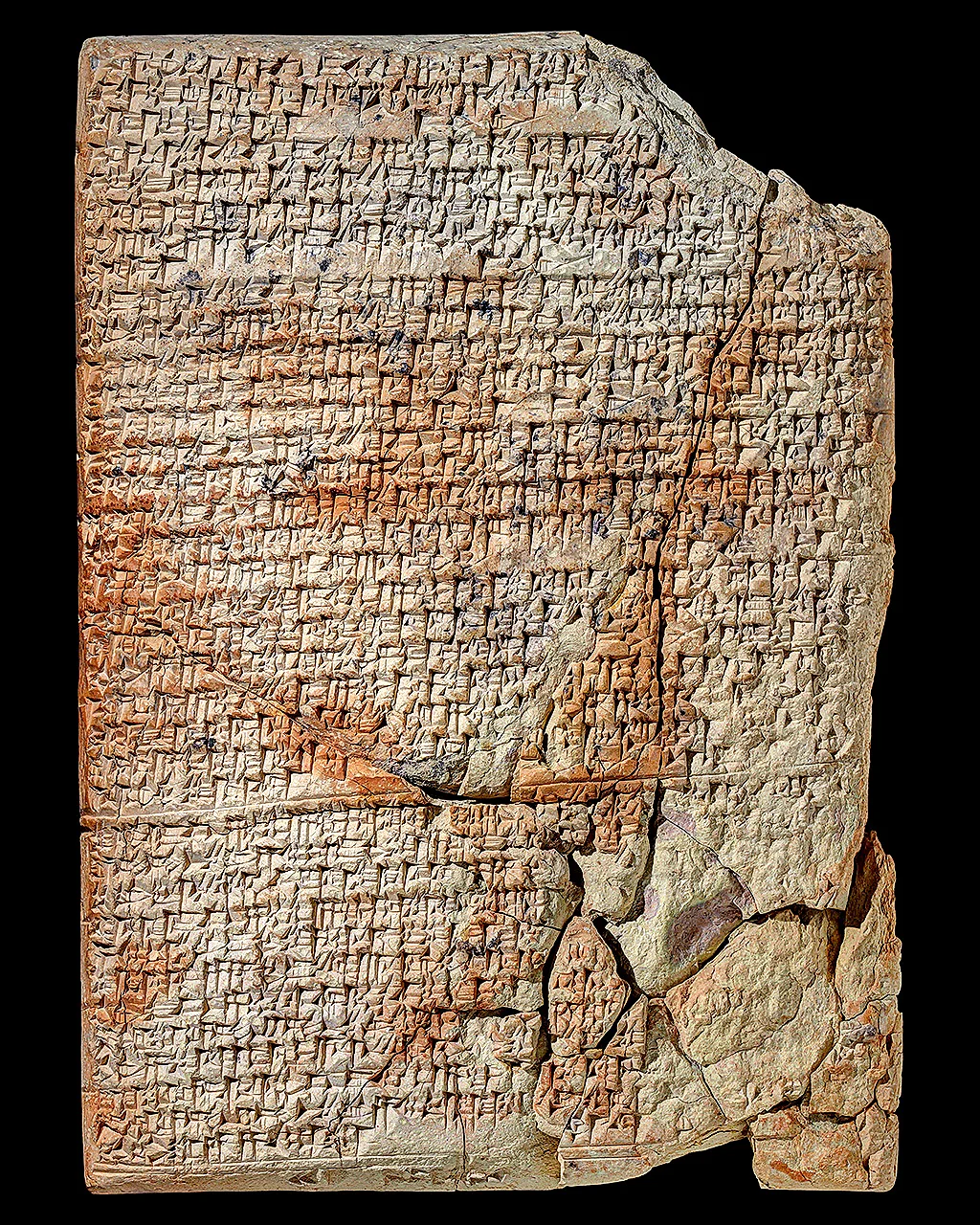
For centuries, the culinary secrets of Ancient Babylonia remained buried—literally. Clay tablets, inscribed with cryptic cuneiform writing, lay forgotten in Yale University’s Babylonian Collection, their significance misunderstood. Initially believed to contain medicinal formulas, these ancient relics held a far tastier secret. But how could such an ancient culture’s recipes, written over 4,000 years ago, be brought back to life?
A Culinary Puzzle Hidden in Clay
Discovered during an archaeological dig in the Middle East and stored away since 1911, these tablets were merely curious artifacts until French scholar Jean Bottéro deciphered their true nature in the 1980s. These small, unassuming slabs, some as compact as a bar of soap, contained not remedies but recipes. Surprisingly, these are the only known food recipes from ancient Mesopotamia, a civilization that left behind countless other records. So, what did the Babylonians eat, and why is it so challenging to recreate their dishes?
The Enigmatic Ingredients of Babylonian Stews
The Yale culinary tablets describe recipes for stews and broths, featuring ingredients that remain a mystery even to modern scholars. While some, like asum (myrtle) and salu (cress seeds), have been identified, others, such as hurrium, are still unknown. This culinary enigma invites us to imagine a lost garden of spices and herbs from the fertile lands between the Tigris and Euphrates Rivers. But how do these ancient recipes translate to modern palates?

Recreating a Taste of the Past
In recent years, a team of researchers, including Iraqi food historian Nawal Nasrallah, has taken on the challenge of reviving these ancient dishes. By carefully updating Bottéro’s translations and experimenting with various ingredients, they’ve attempted to recreate the flavors of Babylonian cuisine. However, the process is far from straightforward. The recipes are vague, assuming the cook already knows the dish’s intended outcome, and measurements are nonexistent. Despite these challenges, one dish stands out—a lamb stew called tu’hu, made with leg meat, beer, onion, coriander, and beets. The result? A richly spiced, vibrant red stew that might just capture the essence of Babylonian flavor.
Ancient Flavors in a Modern World
Yet, the question remains: can we ever truly taste what the Babylonians did? The researchers acknowledge that modern taste buds, shaped by thousands of years of culinary evolution, may never fully appreciate these ancient flavors. Changes in diet, religious practices, and the introduction of new ingredients through global trade have all influenced what we eat today. What’s more, the very connection between food and local geography, so integral to ancient diets, has largely vanished in our modern world.

The Future of Ancient Culinary Discoveries
But the story doesn’t end here. Each new archaeological discovery holds the potential to unlock more of these ancient culinary secrets. As our understanding of these recipes deepens, we may come closer to experiencing a true taste of the past. Until then, the mystery of Babylonian cuisine continues to tantalize the imagination, a reminder of how much there is still to learn about the foods that nourished ancient civilizations. And who knows? Perhaps in another thousand years, future generations will look back at our recipes with the same sense of wonder.



